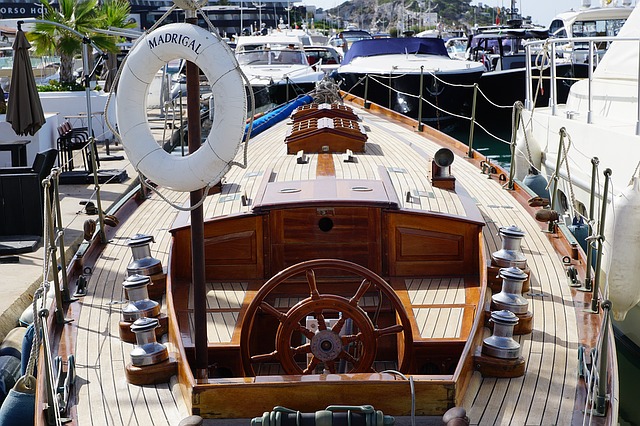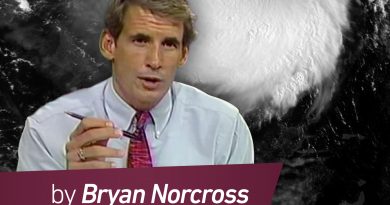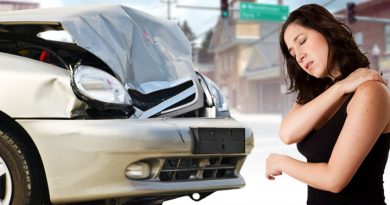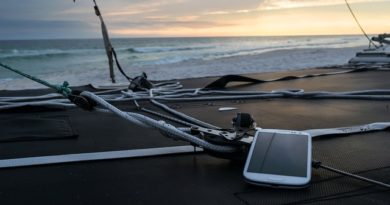Safety Checklists For Your Boat
Some useful checklists to stay out of trouble when enjoying a boat trip
Boat incidents happen more frequently than you thought. It’s important to be sure that everything on your boat is working properly and that you have everything you need in case of emergency.
Here are some steps to follow in order to keep safe yourself, your passengers and your boat.
Before departure checklist
- First of all, you’ll want to know if mother nature will allow you to have a nice trip, so check beforehand the weather forecast and the water currents;
- Inform someone you know where and when you’ll leave and when you plan to return then tell him/her what to do if you don’t come back in time;
- If you’re going to have passengers, give them a boat tour and train them on how to use different devices on board; give them life jackets that fit (you should have at least 2 on board) and advise them to wear them while on the water;
- Choose a second skipper in case something happens to you and you won’t be able to be in command;
- Check the sound producing devices, navigation lights, flares and visual distress signals, the throwable flotation, the fire extinguishers (you should have at least one on board) and make sure that everything has instructions for use attached;
- Ensure that the VHF Radio is working properly and demonstrate how to select the Channel 16 (156.8 MHz) which is used for only for maritime purposes and monitored 24 hours/day by coastguards. Then be sure that at least one person knows how to send a Mayday;
- Turn on the GPS;
- Verify if the bilges and pump are reasonably dry and don’t forget to clean any spilled oil in bilges;
- Check the fuel level, the engine oil and coolant levels, oil pressure and that the engine panel in working right;
- Declutch the shore power cable;
- Make sure you have charts, tool boxes, ship papers, radio license or even the fishing permit.
On the water checklist
- Keep up with weather updates and changes that might happen in water currents;
- Keep an eye on the fuel consumption; you can use the “Three-Thirds Rule” (one-third outbound, one-third inbound and one-third reserve);
- Be aware of the waters in which you are sailing, keep your charts close and stay within marked channels;
- Consume alcohol responsibly.
Returning to the dock checklist
- After docking, ensure that the snubbers are in place and the lines are protected from chafe;
- Pump the holding tank then add some holding tank treatment;
- Turn off the VHF, navigation lights etc.;
- Turn on the automatic bilge pump, alarms, clocks;
- Connect the shore power cable;
- Fill in the logbook;
- Inform the person that you initially contacted that you are back.




